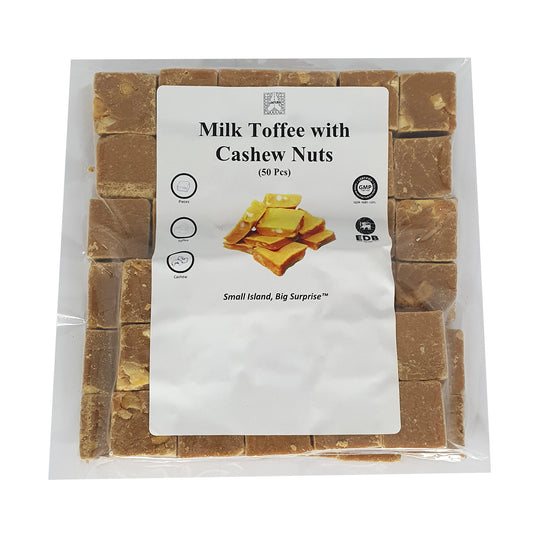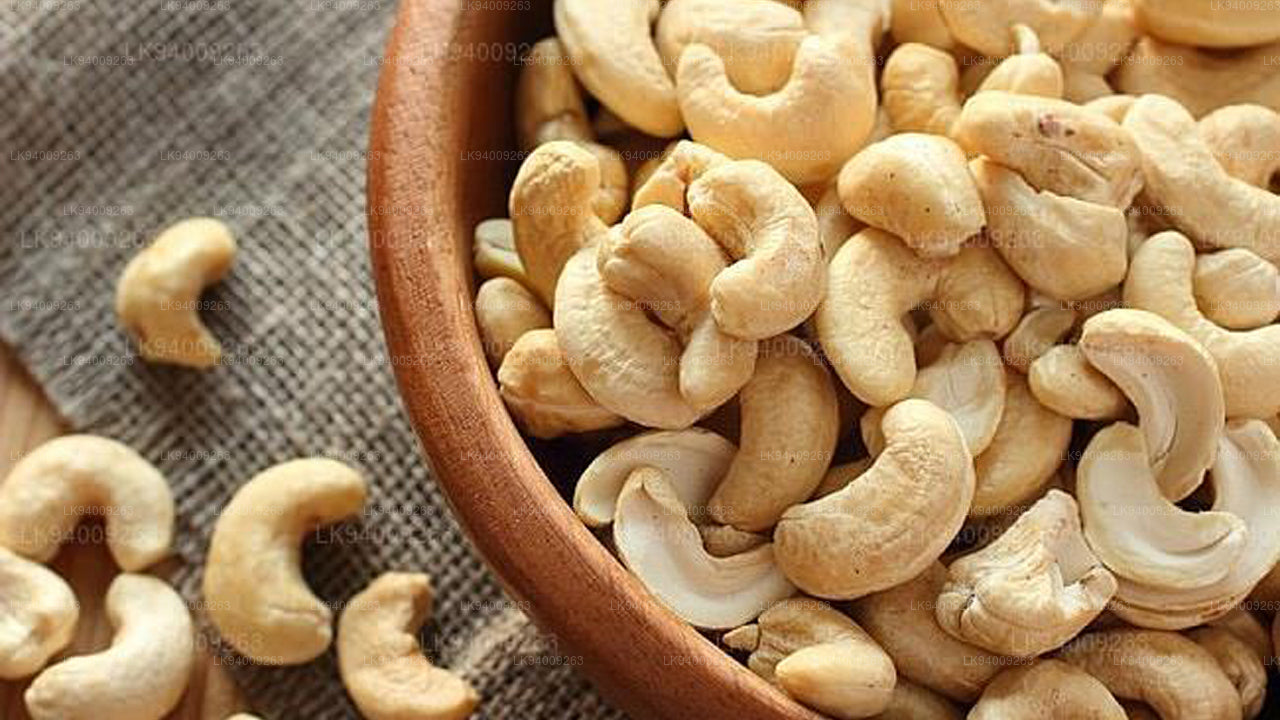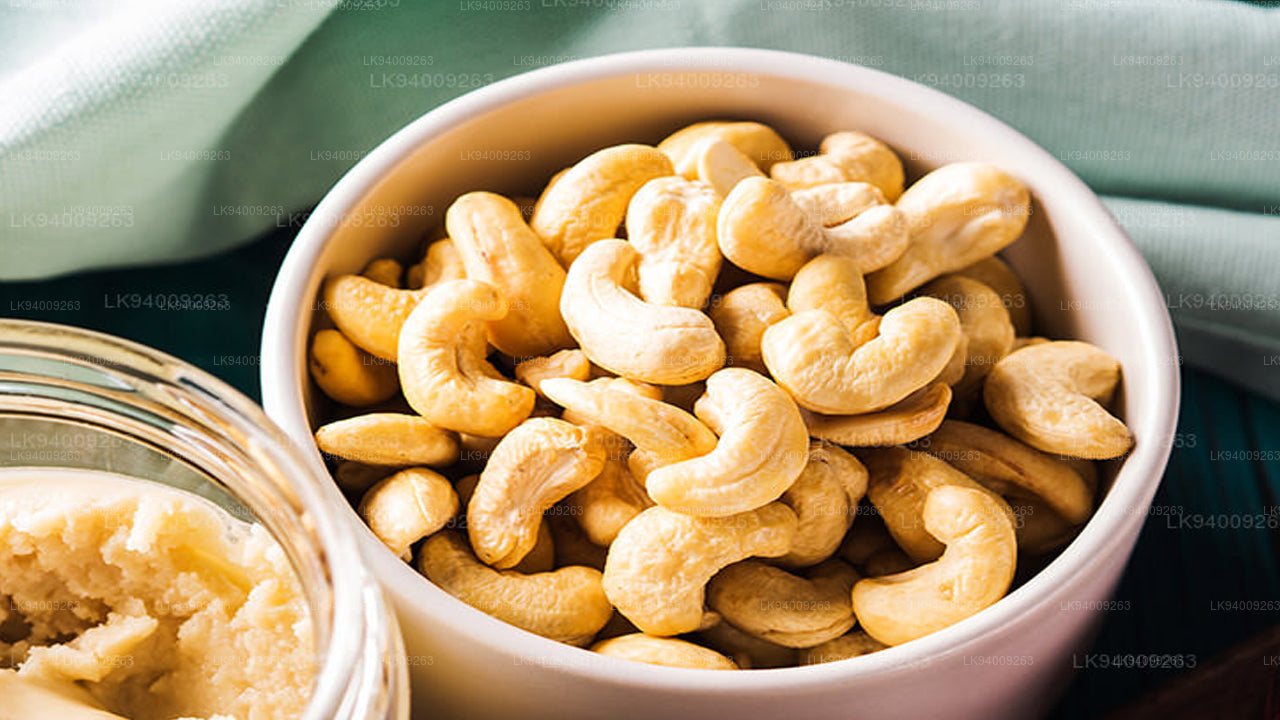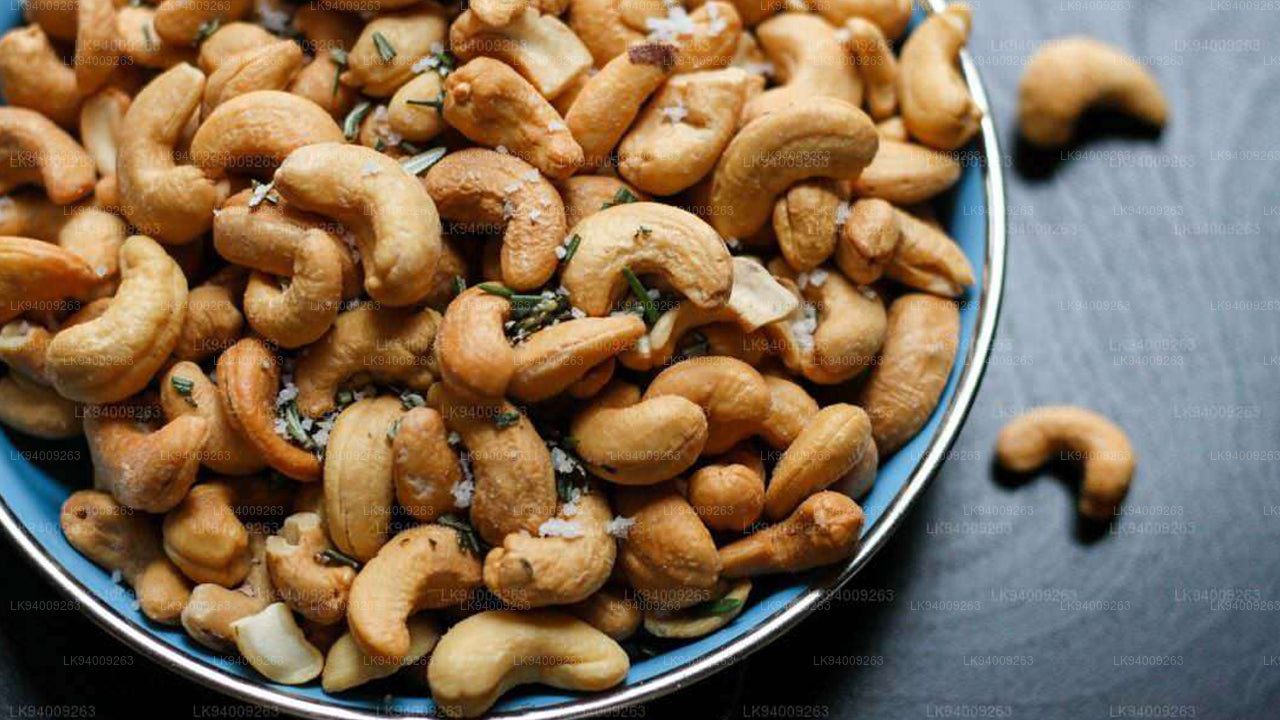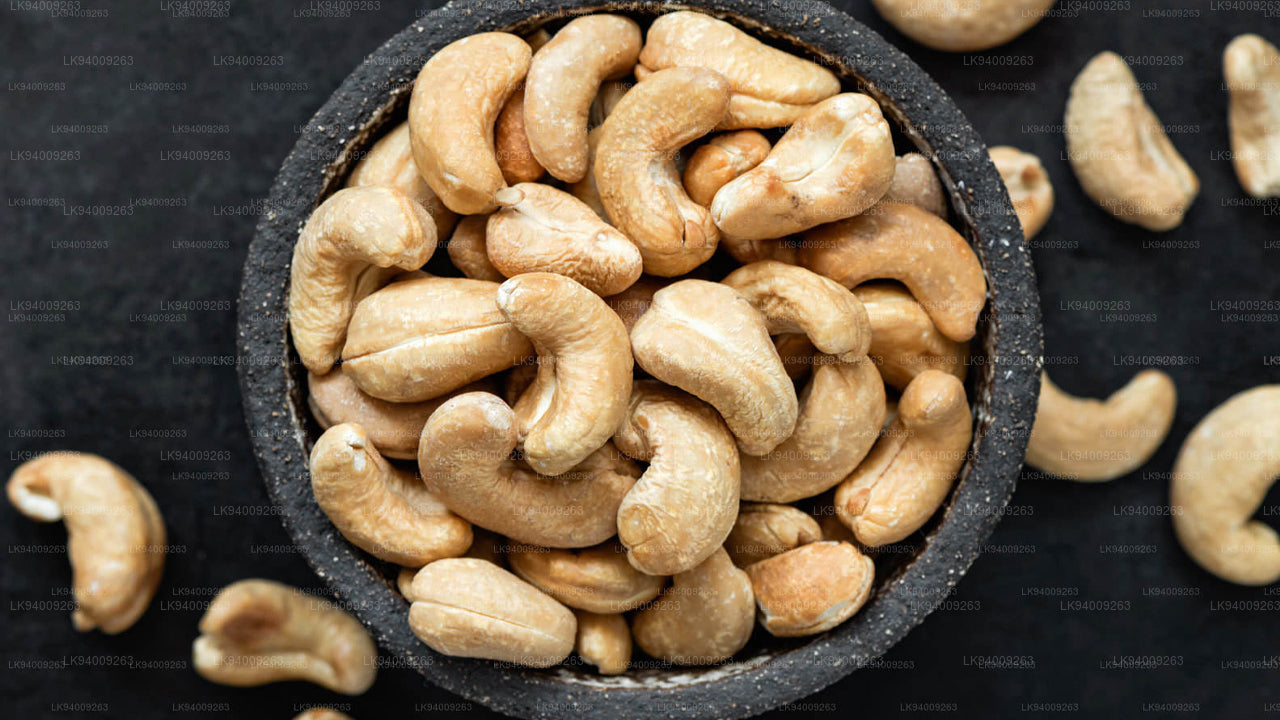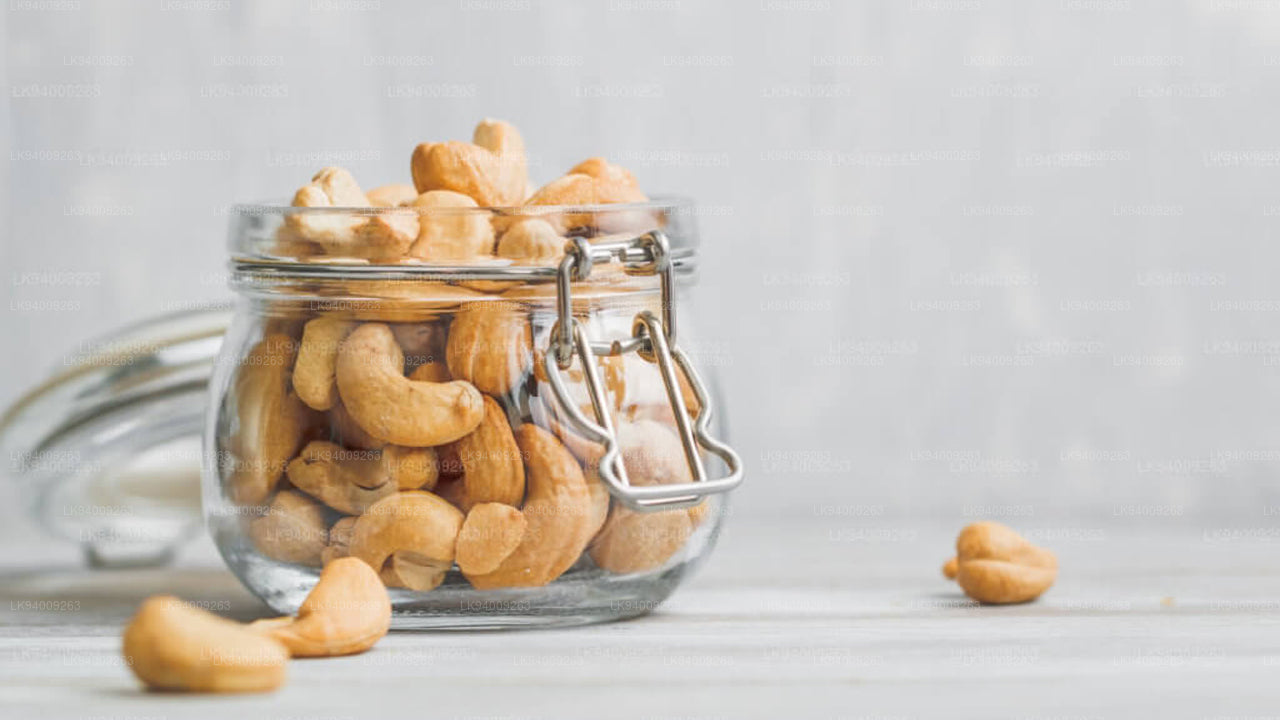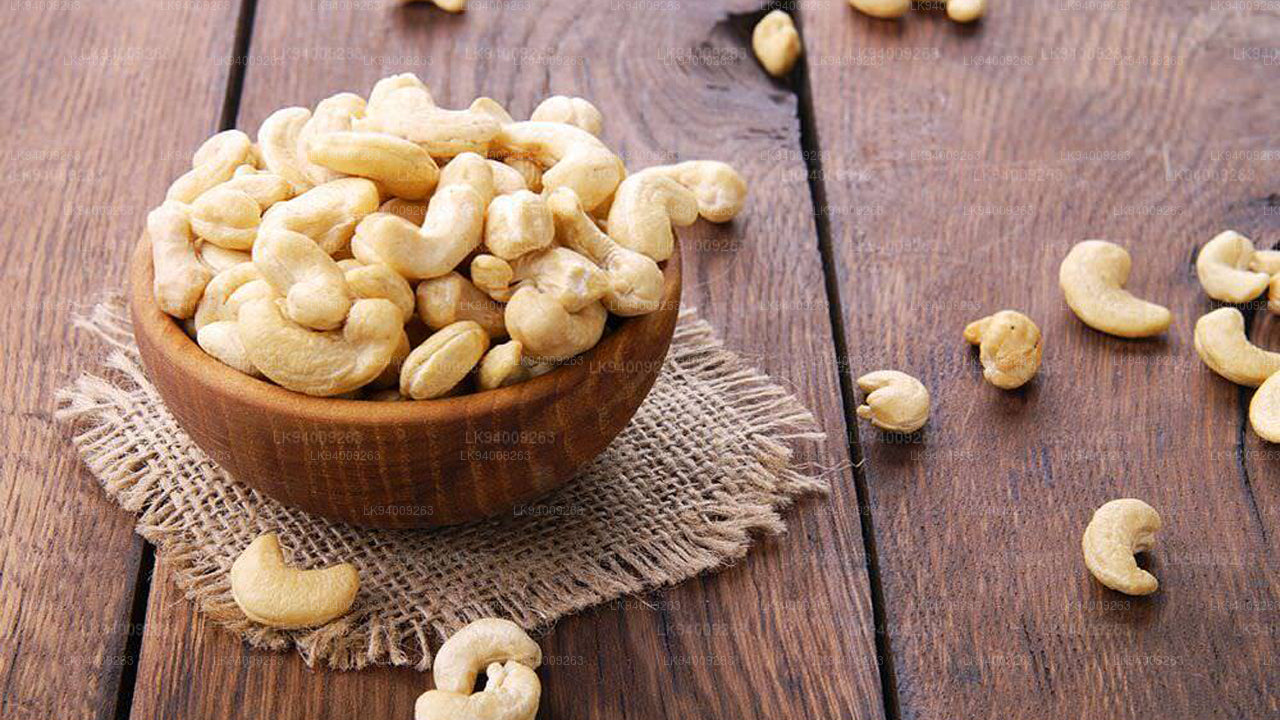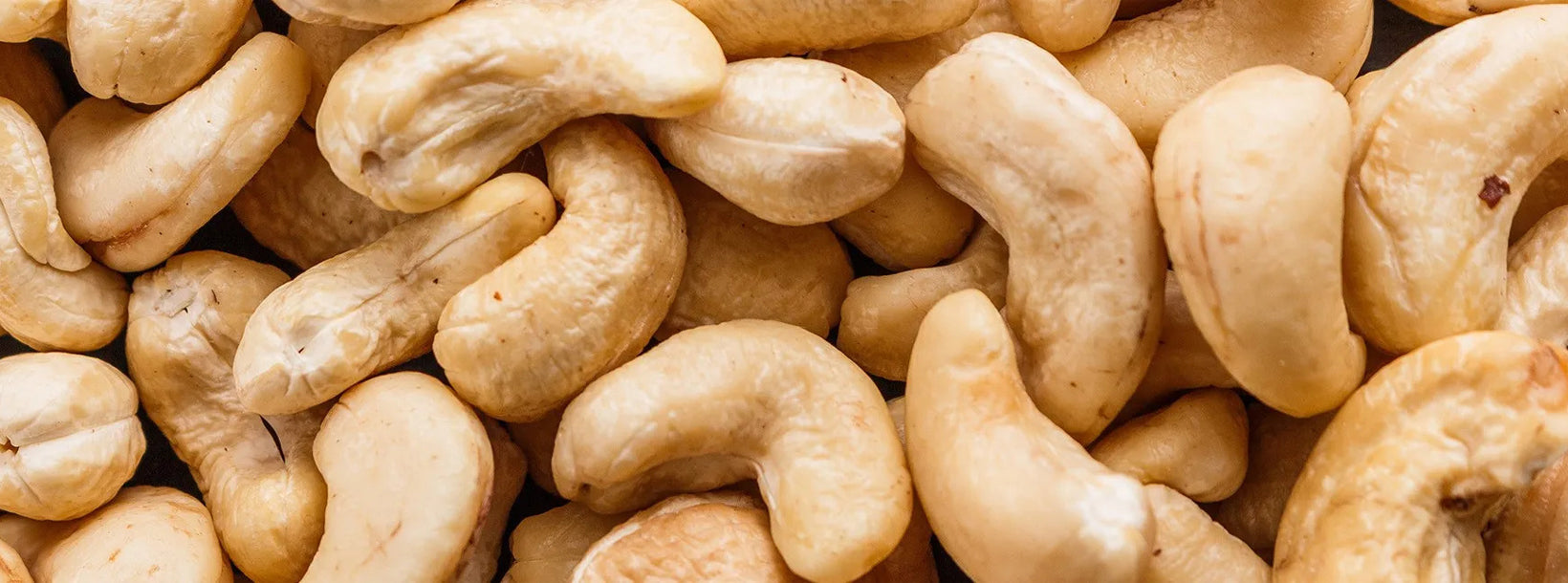
Cashew
Lakpura offers a variety of Sri Lankan cashew products, including dehydrated, garlic-flavored, devilled, and burnt cashew nuts, providing authentic local flavors for snacking or gifting.
Cashew
The cashew tree (Anacardium occidentale) is a tropical evergreen tree that produces the cashew seed and the cashew apple. The tree can grow as high as 14 m (46 ft), but the dwarf cashew, growing up to 6 m (20 ft), has proven more profitable, with earlier maturity and greater yields. The cashew seed is often considered a nut in the culinary sense; this cashew nut is eaten on its own, used in recipes, or processed into cashew cheese or cashew butter. Like the tree, the nut is often simply called cashew. The species is native to Central America, the Caribbean, and northern South America, including northeastern Brazil. Portuguese colonists in Brazil began exporting cashew nuts as early as the 1550s. In 2017, Vietnam, India, and the Ivory Coast were the major producers. The shell of the cashew seed yields derivatives that can be used in many applications including lubricants, waterproofing, paints, and, starting in World War II, arms production. The cashew apple is a light reddish to yellow fruit, whose pulp can be processed into a sweet, astringent fruit drink or distilled into liquor.
Etymology
Its English name derives from the Portuguese name for the fruit of the cashew tree: caju (Portuguese pronunciation: [ka'?u]), also known as acaju, which itself is from the Tupian word acajú, literally meaning "nut that produces itself". The generic name Anacardium is composed of the Greek prefix ana- (???-, aná, 'up, upward'), the Greek cardia (?a?d?a, kardía, 'heart'), and the New Latin suffix -ium. It possibly refers to the heart shape of the fruit, to "the top of the fruit stem" or to the seed. The word anacardium was earlier used to refer to Semecarpus anacardium (the marking nut tree) before Linnaeus transferred it to the cashew; both plants are in the same family. The epithet occidentale derives from the Western (or Occidental) world.
Habitat and growth
The cashew tree is large and evergreen, growing to 14 m (46 ft) tall, with a short, often irregularly shaped trunk. The leaves are spirally arranged, leathery textured, elliptic to obovate, 4–22 cm (1.6–8.7 in) long and 2–15 cm (0.79–5.91 in) broad, with smooth margins. The flowers are produced in a panicle or corymb up to 26 cm (10 in) long; each flower is small, pale green at first, then turning reddish, with five slender, acute petals 7–15 mm (0.28–0.59 in) long. The largest cashew tree in the world covers an area around 7,500 m2 (81,000 sq ft) and is located in Natal, Brazil. The fruit of the cashew tree is an accessory fruit (sometimes called a pseudocarp or false fruit).[1] What appears to be the fruit is an oval or pear-shaped structure, a hypocarpium, that develops from the pedicel and the receptacle of the cashew flower. Called the cashew apple, better known in Central America as marañón, it ripens into a yellow or red structure about 5–11 cm (2.0–4.3 in) long. It is edible and has a strong "sweet" smell and taste.
The true fruit of the cashew tree is a kidney– or boxing-glove–shaped drupe that grows at the end of the cashew apple.
Buy Now Cashew
-
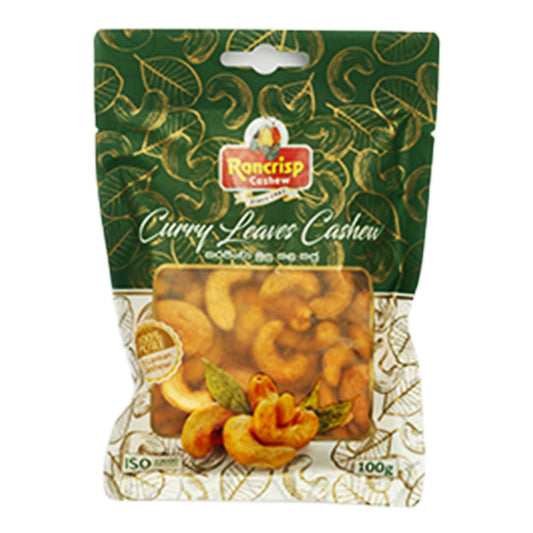 Promotion
PromotionRancrisp Curry Leaves Cashew Nuts
Prix habituel À partir de $6.69 USDPrix habituel$7.94 USDPrix promotionnel À partir de $6.69 USDPromotion -
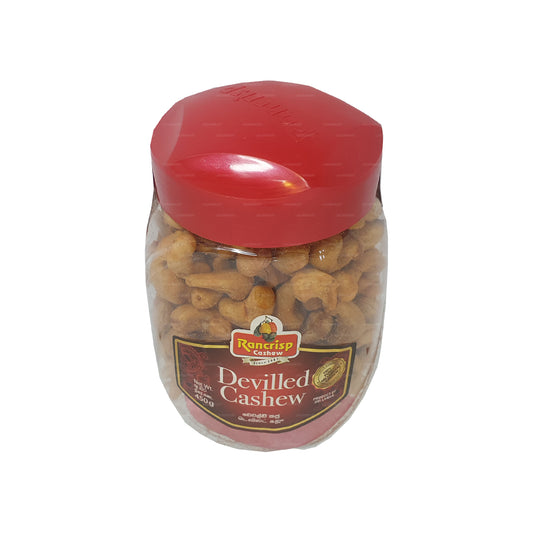 Promotion
PromotionNoix de cajou farillées Rancrisp
Prix habituel À partir de $2.54 USDPrix habituel$3.01 USDPrix promotionnel À partir de $2.54 USDPromotion -
 Promotion
PromotionChocolat Revello aux noix de cajou
Prix habituel À partir de $1.81 USDPrix habituel$2.15 USDPrix promotionnel À partir de $1.81 USDPromotion -
Caramel au lait Lakpura avec noix de cajou (50 pièces)
Prix habituel À partir de $2.64 USDPrix habituel$3.13 USDPrix promotionnel À partir de $2.64 USDPromotion




